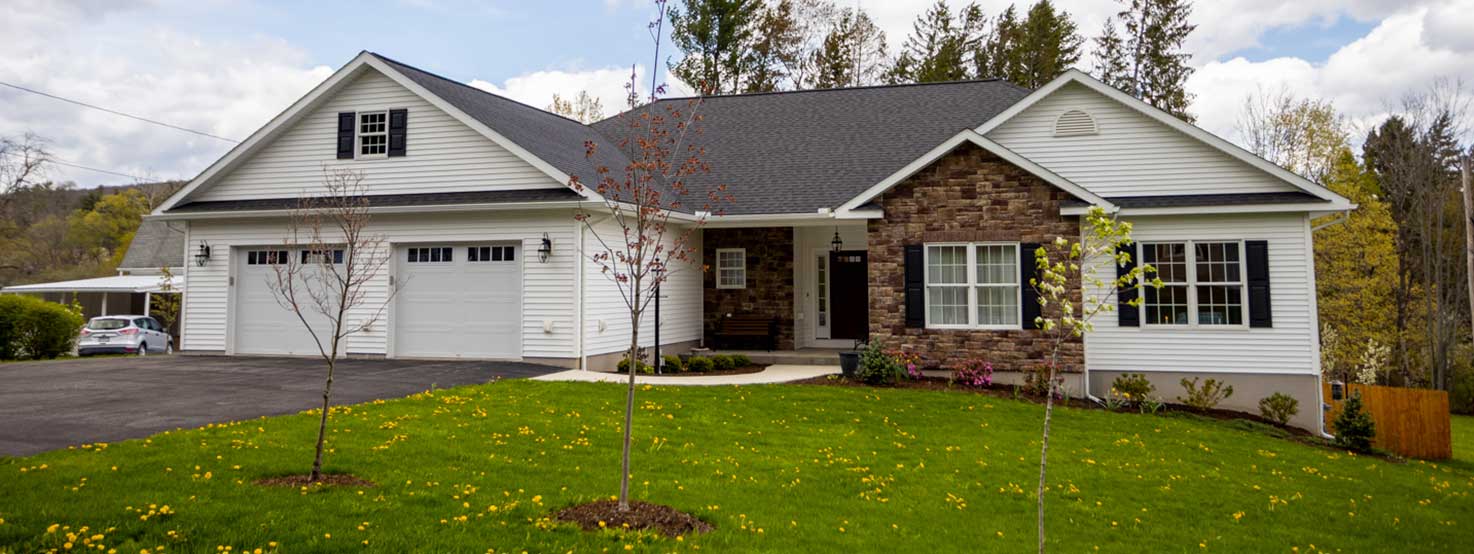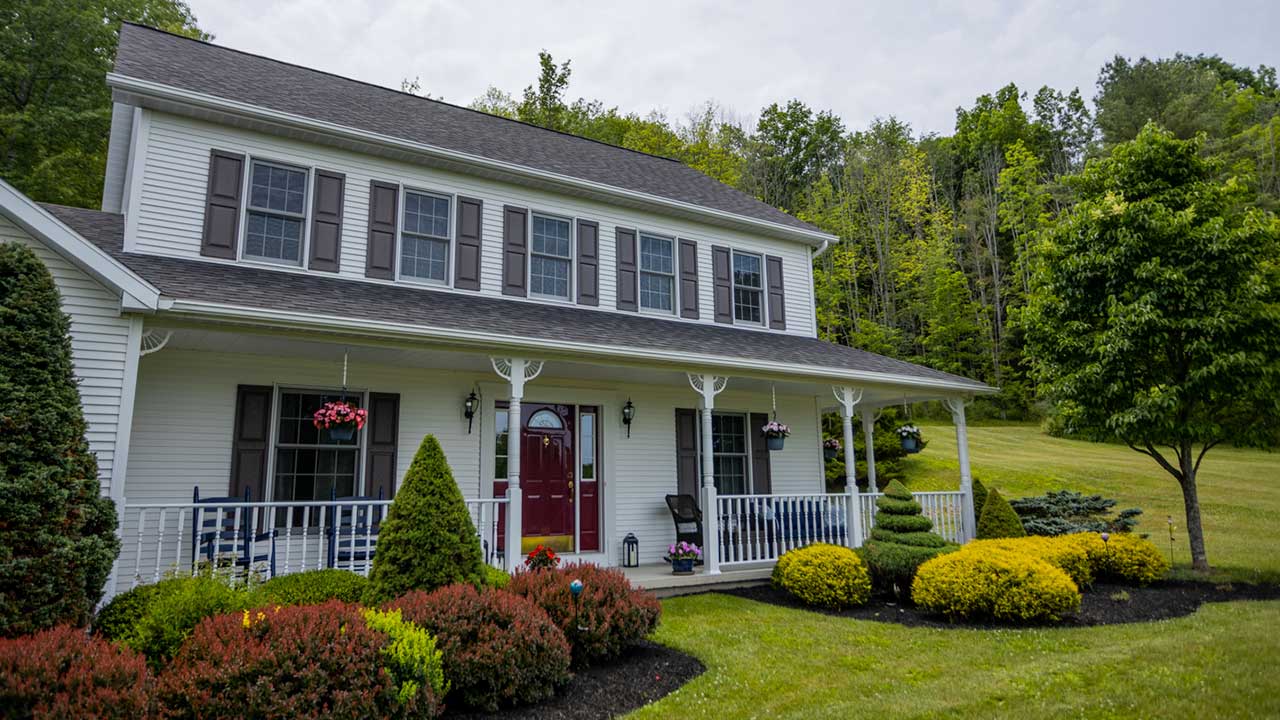Channels

Rotary

Rotary Conference

Laurel Health Centers

Penn Oak Realty

Movin Together

Bank On It

Dunhams Corner

By The Door

Questioning Life

Karschners Insurance

Ag Happenings

Back to Basics

Hornet Happenings

Live From The Hive

Momday Monday

Pennsylvania Politics

The Briefing

Weekly Highlights

Wellsboro Chamber
Revitalizing Your Old, Old, Apple Trees
Do you have an old apple tree?
Is it looking a little, well, overgrown?
Did you know that with a little pruning, done correctly, you can revitalize that old tree and improve the quality of the apple crop in the process?
This past weekend, members of the Tioga County Woodland Owner’s Association gathered together for a planned apple tree pruning work bee to do just that, and they are happy to share with you what they learned.

The woodland owner’s meet once a month for stewardship and other forestry related demonstrations and outings.
Step 1: Fill up on some of the best local recipes of hot chili, pasta salad, and coleslaw before diving into three berry apple crisp pie, fruit cup, and coconut frosted cake.
Step 2: Find an old apple tree.
Step 3: Listen to retired district forester Roy Seifert explain the purposes for revitalizing old apple trees.
“You’ll find these old apple trees sometimes out in the woods. Maybe where an old homestead was, or hunting camp stood once upon a time,” he shared as we walked a short distance from his post-beam house to the first candidate. “Old trees like this have been neglected for decades and many of them are well over a hundred years old”.

Retired district forester Roy Seifert smiles after removing a dead limb from this old apple tree
Step 4: Assess the tree. Old apple trees are often surrounded by underbrush like honeysuckle, multiflora rose, and other brambles. Look for dead or damaged branches. Take note of any borer or woodpecker damage and make sure the tree trunk is solid and not hollow before you cut into it. A hollow branch can snarl a chainsaw or break off awkwardly.
Step 5: Remove the competing shrubs from around the base of the tree to give yourself some working room and a comfortable place to stand in future years when the apples are ripe for picking.
Step 6: Evaluate the branch hierarchy of the tree. Over the years, many older apple trees become top heavy with interlocking branches and twigs thus reducing light penetration. The goal of your first pruning endeavor is to give the tree a haircut. Depending on your objectives you can either give it just a trim, or a buzz cut. But whichever method you choose the rule of thumb is: Only remove one-third of the tree’s biomass in one season’s cutting.
Step 7: To get started, consider your first tree your ‘practice tree’. “It takes some hands-on experience to know just what shape you want the tree to look like when you are done,” said one volunteer who admitted he’d been doing it incorrectly all this time.

Woodland member Shelly Wilcock demonstrates sucker pruning.
Step 8: For starters, you can trim off any twig that is growing straight up in the air like a stray hair. They are called ‘suckers’ or ‘water sprouts’ and are noticeably smaller in diameter than older branches. Remove any downward pointing branches that are poking you in the eye or that you have to stoop to get under.
Step 9: Now comes the harder work. Using an appropriate cutting tool, trim off any dead wood that you can easily reach, making sure to wear protective headgear, eyewear, and gloves. Applewood is dense – don’t be.
Step 10: Take a step back and survey your tree. Notice that you have changed the light penetration to the tree just doing these few steps. That will change how the tree grows this year. Branches will curve to seek out light openings. Try to visualize this shift as you move on to the next step. You don’t want to trim off a branch or even a twig that will grow out and become part of your ideal tree structure.

TCWOA President Marwin Cummings tops an old apple tree
Step 11: Just a haircut: If you are opting to just trim the tree lightly, you want to remove branches that are zigging and zagging the wrong way. A nice bell shaped tree silhouette (once it is leafed out) is desired for optimum harvestability. Cut these undesired branches all the way back to the main branch or even the trunk of the tree. If you leave a severed stump it will sprout suckers.
Step 12: Now look at the tree, and take notice of how it has two or three, maybe even four, main branches that ‘v’ away from each other. A natural ‘v’ shape is what you are looking to achieve. Straight angled crotched branches are subject to break during snow load. Now comes the important part. You must pick and choose what branches you remove. Regardless of size, you don’t want to remove more than 1/3 of the tree’s living biomass in one pruning. Older trees are usually top heavy and will require a ladder or bucket truck to ‘top’ them. So, keep in mind, if you have already removed 1/3 of the living biomass on your ‘ practice tree’ before you ever got up on the ladder, it’s best to wait until next year before you top that tree.
To learn more about the right and wrong way to prune an old apple tree you can print off the handout we reviewed at http://www.fedcoseeds.com/trees/renovating.htm. Your extension office also has online publications for pruning apple trees (‘Pruning – A Special Case – Renovating Old Fruit Trees’). Depending on your intentions, it can and should take you several years to trim a tree back into a desirable shape. Cut it back to quickly and you can severely stress the tree

TCWOA members and observer (EMMF jazz pianist & Holland native, Bram Wijnands) after a fun afternoon of fellowship and apple pruning.
Before you decide on which method you will use after reading the available literature, ask yourself a few questions?
a) What is my purpose (restoration or aesthetics)
b) What do I want to achieve (produce fruit or habitat?)
The physical effort exerted in pruning your old, old, apple tree is well worth the fruit of your labors. Have questions about assessing your trees? Give me a call. Interested in joining the Tioga County Woodland Owners who meet monthly on Sunday’s at various members’ properties to share woodlot stewardship practices, objectives, and success stories? Connect with us on Facebook.
Credits:
Writing: N/A
Produced by Vogt Media






































